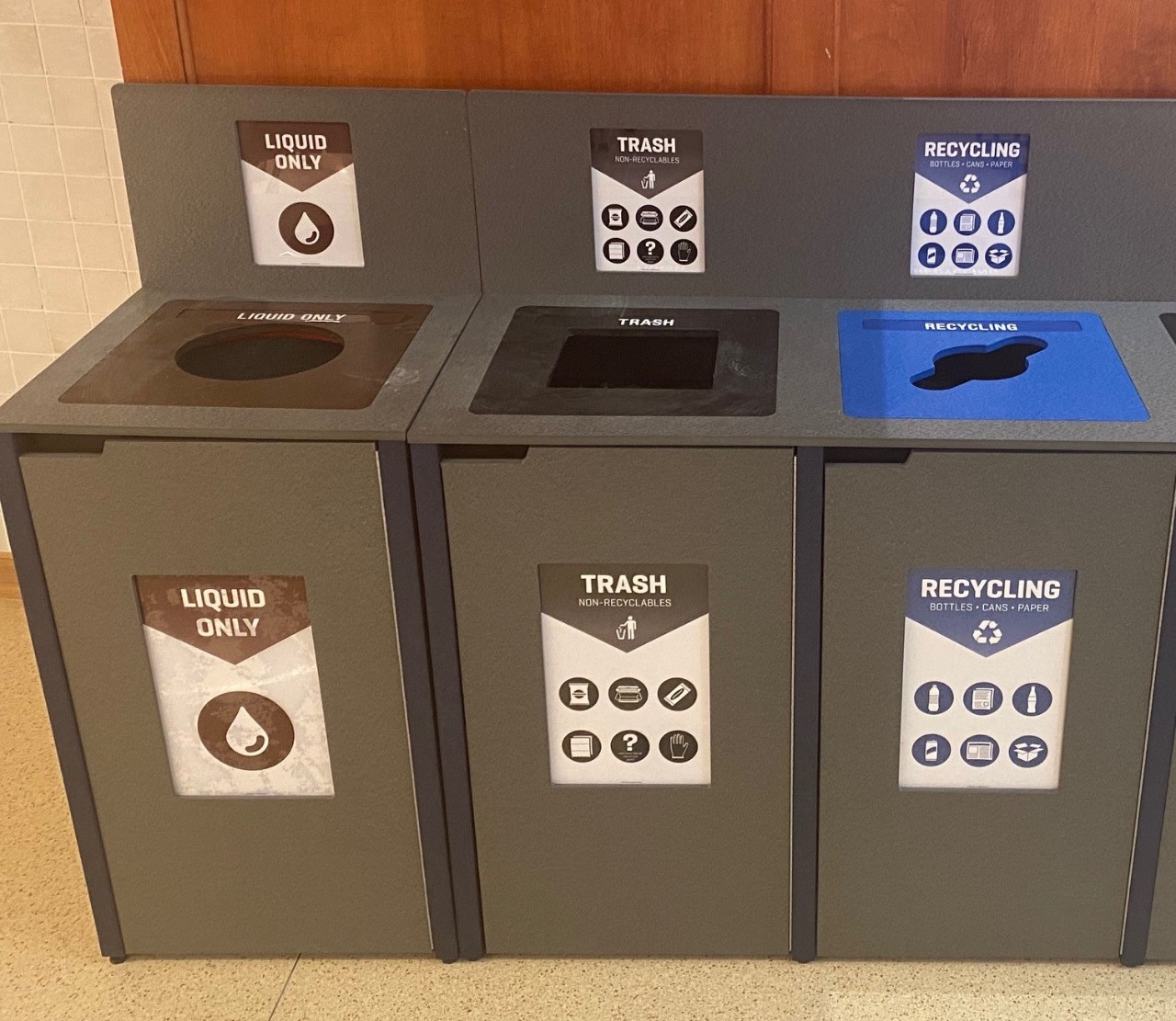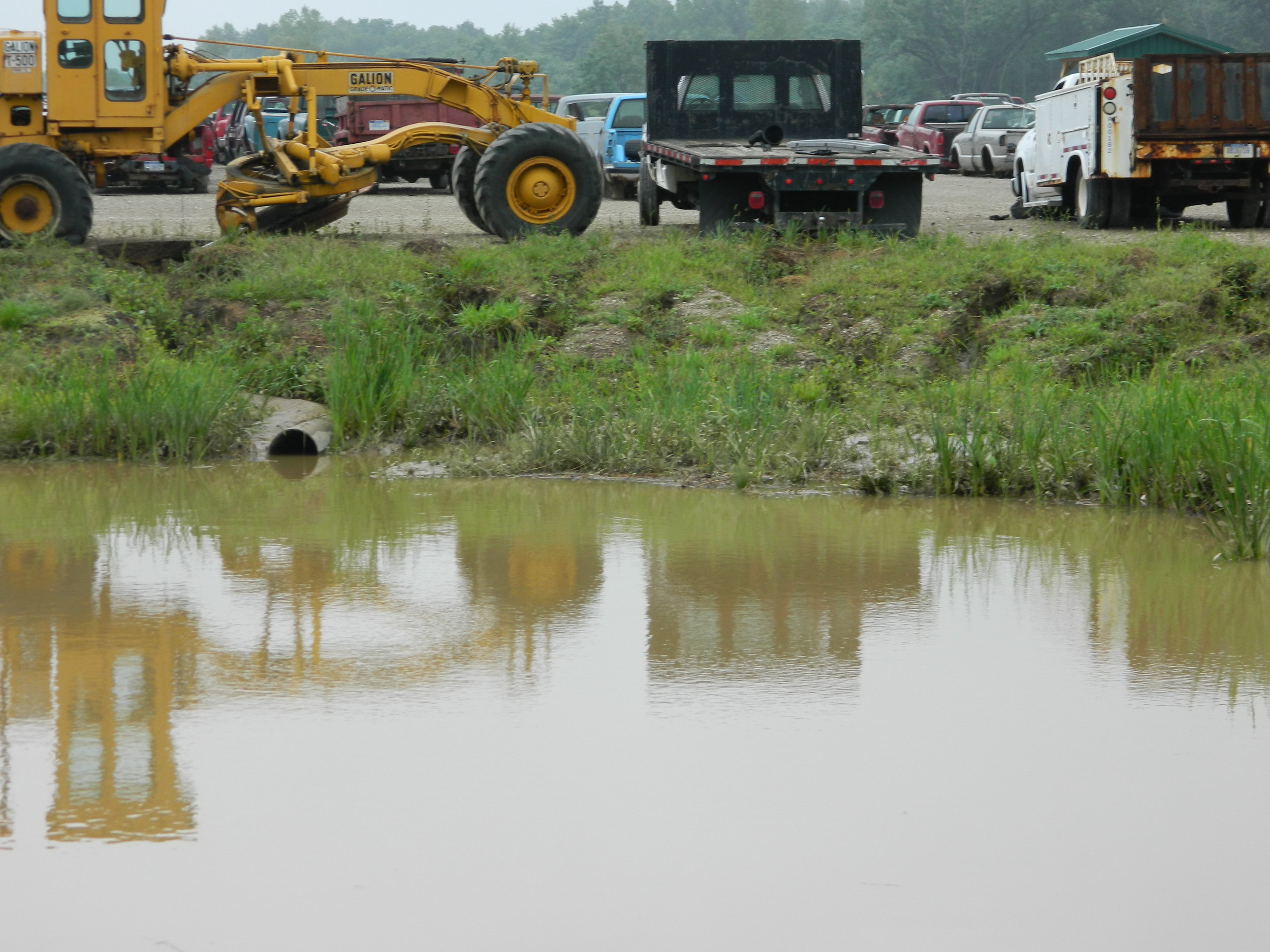Top Liquid Waste Disposal Melbourne: Trusted Services for Proper Waste Management
Top Liquid Waste Disposal Melbourne: Trusted Services for Proper Waste Management
Blog Article
How Fluid Garbage Disposal Works: A Detailed Overview of Strategies and Technologies Utilized

Overview of Liquid Waste Kind
The intricacy of liquid waste types requires a complete understanding of their features and effects for disposal. Fluid waste can broadly be classified right into numerous kinds, including industrial, local, agricultural, and dangerous waste. Each classification exhibits distinct residential properties, needing certain administration techniques to reduce environmental and health and wellness risks.
Industrial fluid waste stems from producing processes and frequently includes a range of contaminants, such as hefty metals, solvents, and organic compounds. Municipal fluid waste, mostly making up wastewater from households and commercial facilities, consists of raw material, nutrients, and microorganisms (industrial wastewater treatment). Agricultural liquid waste, including drainage from farms, may have fertilizers, chemicals, and pet waste, positioning risks to water top quality and environments
Dangerous fluid waste is characterized by its toxicity, sensitivity, or potential to trigger injury. Understanding these diverse fluid waste types is critical for establishing reliable disposal techniques and ensuring conformity with ecological policies.
Physical Treatment Approaches

Testing is the first action, where bigger particles and particles are eliminated from the liquid waste using displays or grates. This procedure shields downstream equipment from damages and guarantees smoother procedure. Adhering to testing, sedimentation utilizes gravitational force to different solids from fluids. In sedimentation tanks, much heavier fragments resolve at the bottom, creating a sludge layer, while the cleared up fluid can be additional dealt with.
Filtering is another crucial approach that entails passing the fluid with porous products, such as sand or membranes, to catch smaller fragments. This action improves the top quality of the fluid, making it suitable for succeeding treatment processes.

Chemical Therapy Strategies
Chemical treatment techniques are crucial for efficiently taking care of liquid waste, especially in dealing with liquified and colloidal contaminants that physical approaches may not adequately remove. These methods make use of various chemical representatives to reduce the effects of, precipitate, or change dangerous substances right into less unsafe types.
One usual approach is coagulation and flocculation, where chemicals such as alum or ferric chloride are included in promote the aggregation of put on hold fragments. This process improves sedimentation, enabling easier elimination of the resulting sludge. Additionally, oxidation processes, utilizing agents like chlorine or ozone, are utilized to damage down complicated natural compounds and pathogens, providing the waste more secure for discharge or more therapy.
Neutralization is another vital technique, which readjusts the pH of acidic or alkaline waste streams to neutral degrees, avoiding possible damage to downstream systems and the environment. Furthermore, progressed oxidation processes (AOPs) make use of combinations of oxidants and ultraviolet light to break down relentless toxins, accomplishing a greater degree of treatment effectiveness.
Organic Treatment Processes
Biological treatment procedures play a vital role in the management of fluid waste by using bacteria to disintegrate raw material and reduce contaminant levels. These processes can be extensively categorized right into anaerobic and aerobic therapies, each using certain microbial areas to achieve effective waste deterioration.
Cardio treatment entails the usage of oxygen to facilitate the failure of natural products by germs. This procedure is typically carried out in activated sludge systems, where aeration storage tanks give a conducive environment for i thought about this microbial growth, check over here causing the oxidation of organic contaminants. The resultant biomass can be divided from dealt with effluent via sedimentation.
In comparison, anaerobic therapy happens in the absence of oxygen, counting on different microorganisms to damage down organic matter. This approach is specifically beneficial for high-strength waste, as it produces biogas, a renewable resource resource, while reducing sludge production. Technologies such as anaerobic digesters are often employed in community and commercial applications.
Both cardiovascular and anaerobic organic therapies not only decrease the environmental influence of fluid waste but likewise help with resource recuperation, making them important parts of lasting waste administration strategies. Their effectiveness, effectiveness, and flexibility support their extensive execution across numerous sectors.
Arising Technologies in Disposal
Ingenious approaches to liquid waste disposal are rapidly developing, driven by advancements in modern technology and an enhancing emphasis on sustainability. Among these arising technologies, membrane bioreactors (MBRs) have gained traction for their capacity to integrate organic therapy with membrane filtration, resulting in high-grade effluent that can be recycled in different applications. MBRs allow smaller impacts and a lot more effective procedures compared to standard systems.
Another promising development is using anaerobic digestion incorporated with nutrient healing technologies, which not only deals with fluid waste yet also produces biogas and recovers valuable nutrients like nitrogen and phosphorus. This dual benefit improves source efficiency and lowers environmental influence.
In addition, advanced oxidation processes (AOPs) are being taken on for the degradation of intricate natural contaminants. These techniques make use of effective oxidants and catalysts to break down pollutants at the molecular degree, using a very reliable remedy for difficult waste streams.
Furthermore, the integration of expert system and equipment knowing in waste management systems is maximizing operational efficiency and anticipating upkeep, causing reduced costs and boosted environmental compliance. These technologies show a significant shift in the direction of even more sustainable and efficient fluid waste disposal methods.
Final Thought
To conclude, reliable liquid garbage disposal necessitates a comprehensive understanding of various methods and innovations. The integration of physical, chemical, and biological therapy approaches ensures the effective management of varied waste kinds. In addition, the appearance of ingenious innovations improves therapy effectiveness and promotes sustainability in waste administration methods. By continually progressing these methods, it ends up being feasible to address the expanding obstacles connected with liquid waste, ultimately adding to environmental management and resource recuperation.
Liquid waste disposal is a crucial element of ecological administration, calling for a comprehensive understanding of various techniques and technologies customized to different waste navigate here types. Liquid waste can extensively be categorized right into a number of kinds, including commercial, community, farming, and hazardous waste. Agricultural liquid waste, including runoff from ranches, might have fertilizers, chemicals, and pet waste, presenting dangers to water quality and environments.
Different physical therapy approaches play an essential duty in taking care of liquid waste efficiently - industrial wastewater treatment.In final thought, effective fluid waste disposal necessitates a comprehensive understanding of various techniques and modern technologies
Report this page